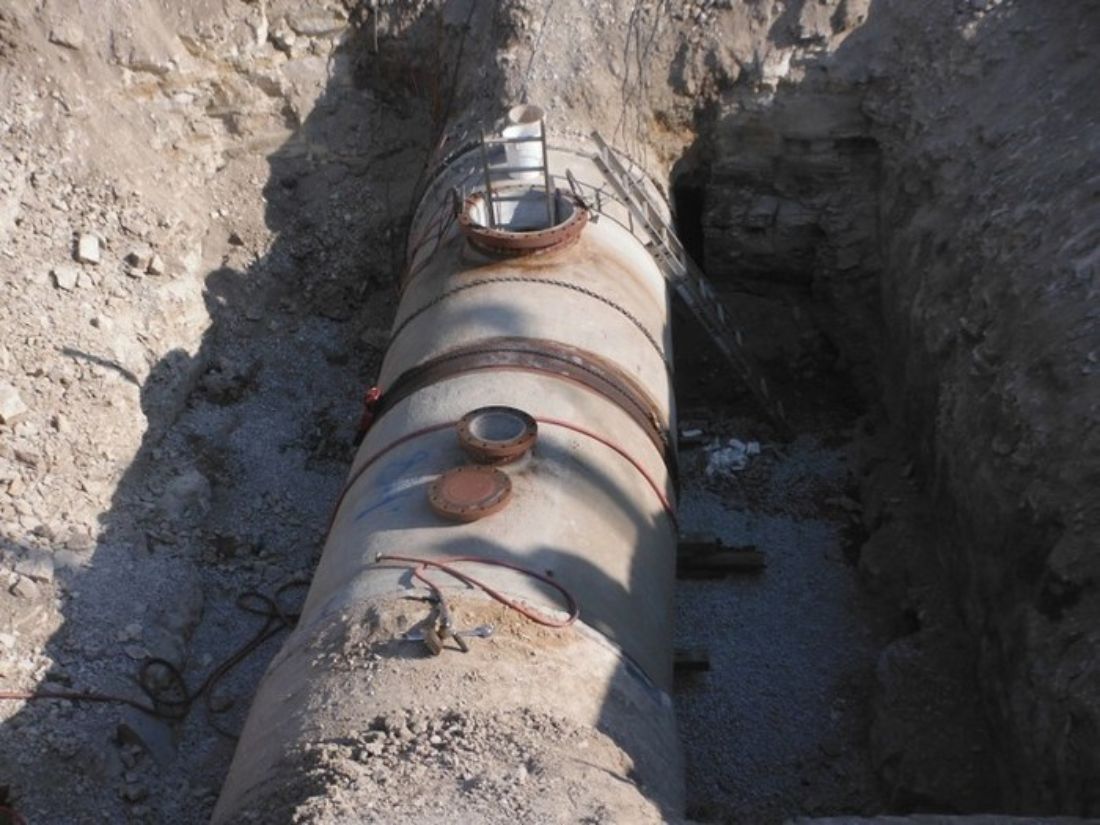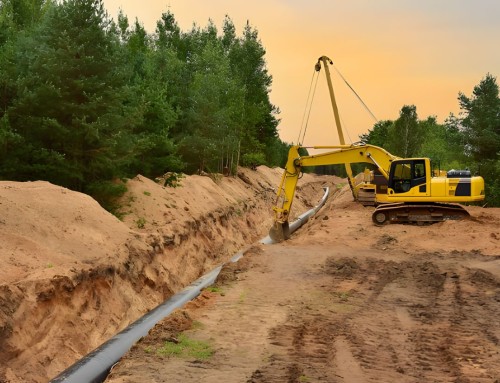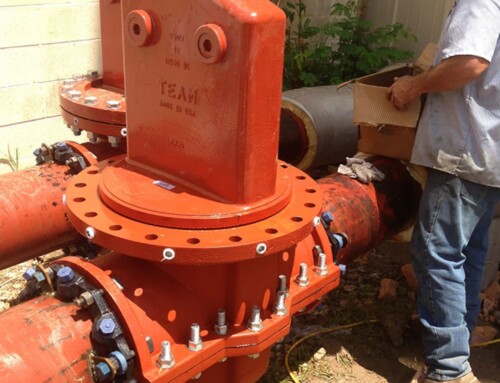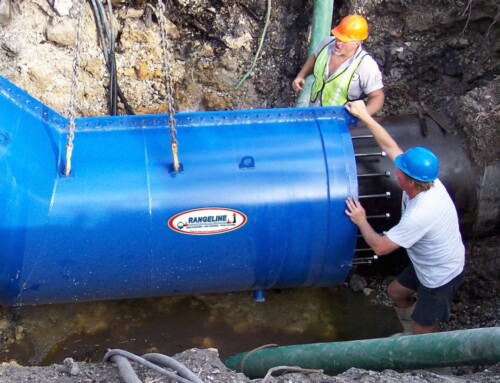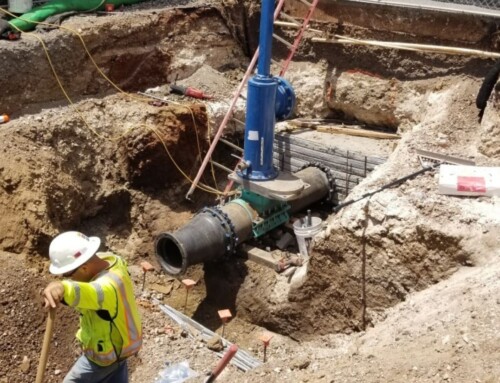Thanks to technological advancements, the world is evolving, and so are the methods with which we approach challenges. One such challenge many businesses face is the need to maintain pipelines in an efficient and cost-effective manner. Predictive analytics may play a significant role in addressing this challenge. This powerful strategy may be shaping the future of pipeline engineering. Here’s how it will do that.
The Rising Importance of Predictive Analytics
Predictive analytics involves the analysis of historical data and the application of algorithms to predict future trends, patterns, and behaviors. As a result, this technology allows decision-makers to develop strategies, allocate resources more effectively in the long term, and mitigate risks within their operations.
Leveraging these insights can significantly extend the life of essential infrastructure, such as pipelines, while reducing costly repairs and downtime. By employing these solutions, your company can take powerful steps to ensure the longevity and performance of pipeline networks across your business.
Identifying Problems Before They Become Disasters
A primary benefit of predictive analytics in pipeline engineering is the technology’s ability to identify issues long before they become severe problems. By gathering vast amounts of data from sensors and inspection reports and feedback from operational and historical sources, predictive analytics can pinpoint areas of concern. Then, operators can address them promptly and prioritize maintenance. They may target areas that could lead to the most serious consequences if left unaddressed. In turn, this ensures the network’s reliability while reducing the frequency and impact of unexpected failures.
Optimizing Maintenance and Repair Schedules
When businesses have an accurate understanding of the state and requirements of their pipeline networks, they can make smart decisions about maintenance and repair schedules. Using predictive analytics can help us maximize the value of available budgets needed to hire pipeline contractors.
This approach enables operators to identify cost-effective methods for pipeline replacement, ensuring an improved balance between maintenance and allocation of capital.
Enhancing Safety and Environmental Standards
Finally, the insights provided by predictive analytics, in a pipeline engineering context, could enhance safety standards across the industry. By identifying potential problems early, we can prevent accidents, secure the well-being of employees, and protect the environment from pipeline hazards.
The wealth of knowledge we get from predictive analytics can inform decisions regarding design and management to reduce or eliminate environmental and public safety risks.
Embrace the Power of Predictive Analytics Today
As you can see, the future of pipeline engineering stands to gain considerable benefits from the adoption of predictive analytics. By harnessing the power of data and proactively addressing challenges, companies can boost the quality and longevity of their pipeline systems, leading to improved operations across their operations.

